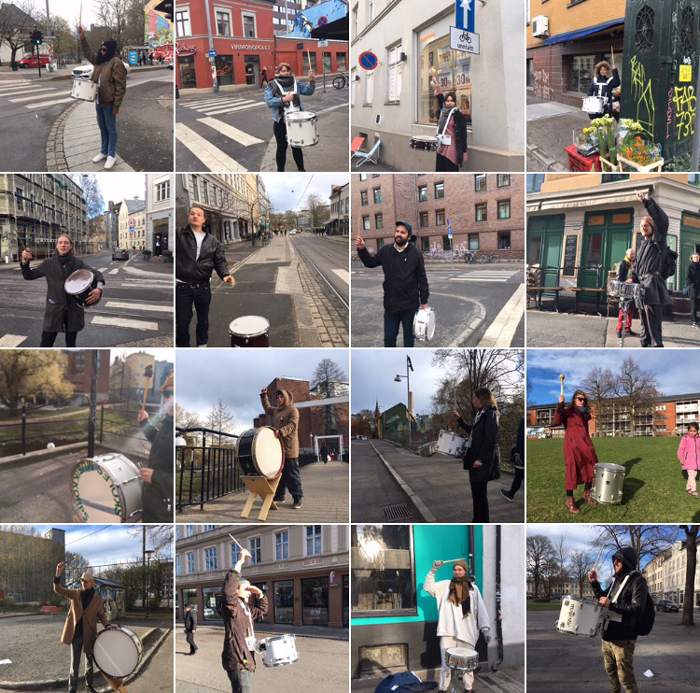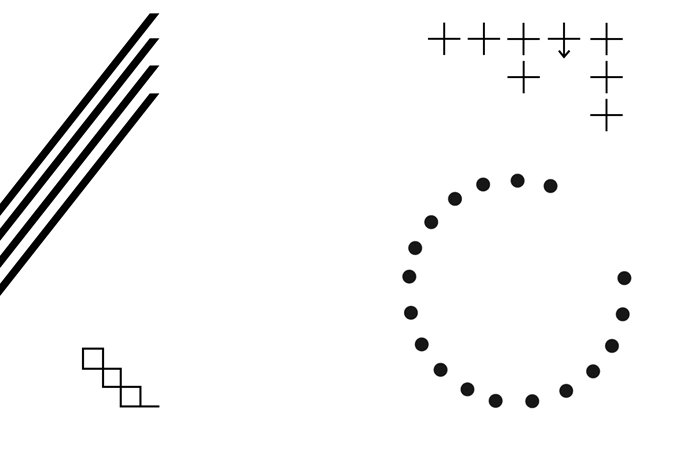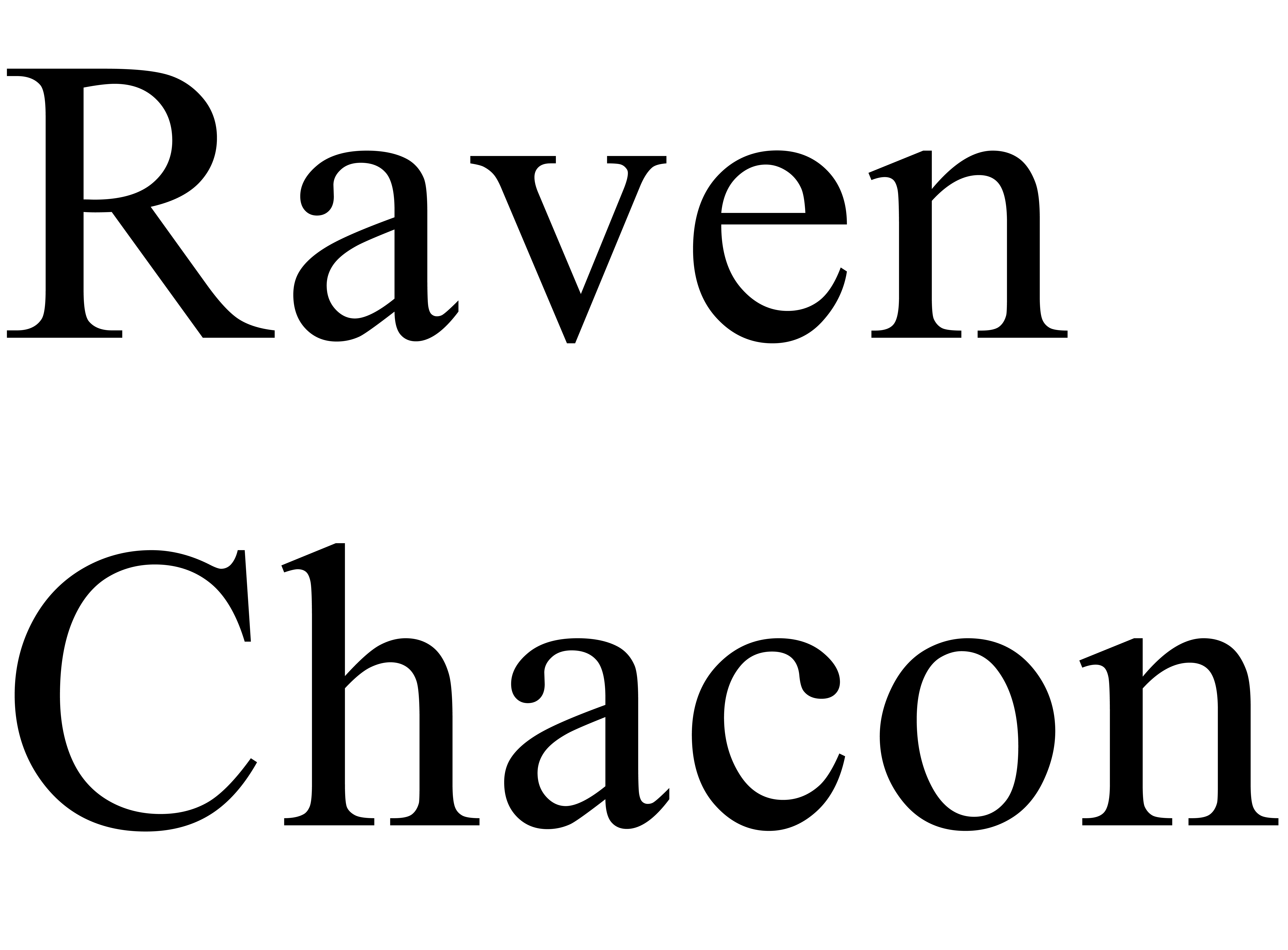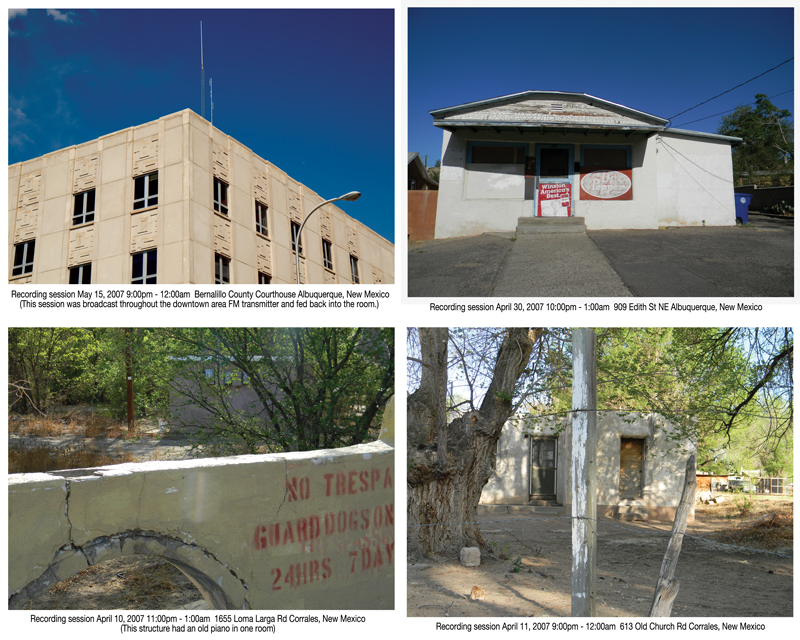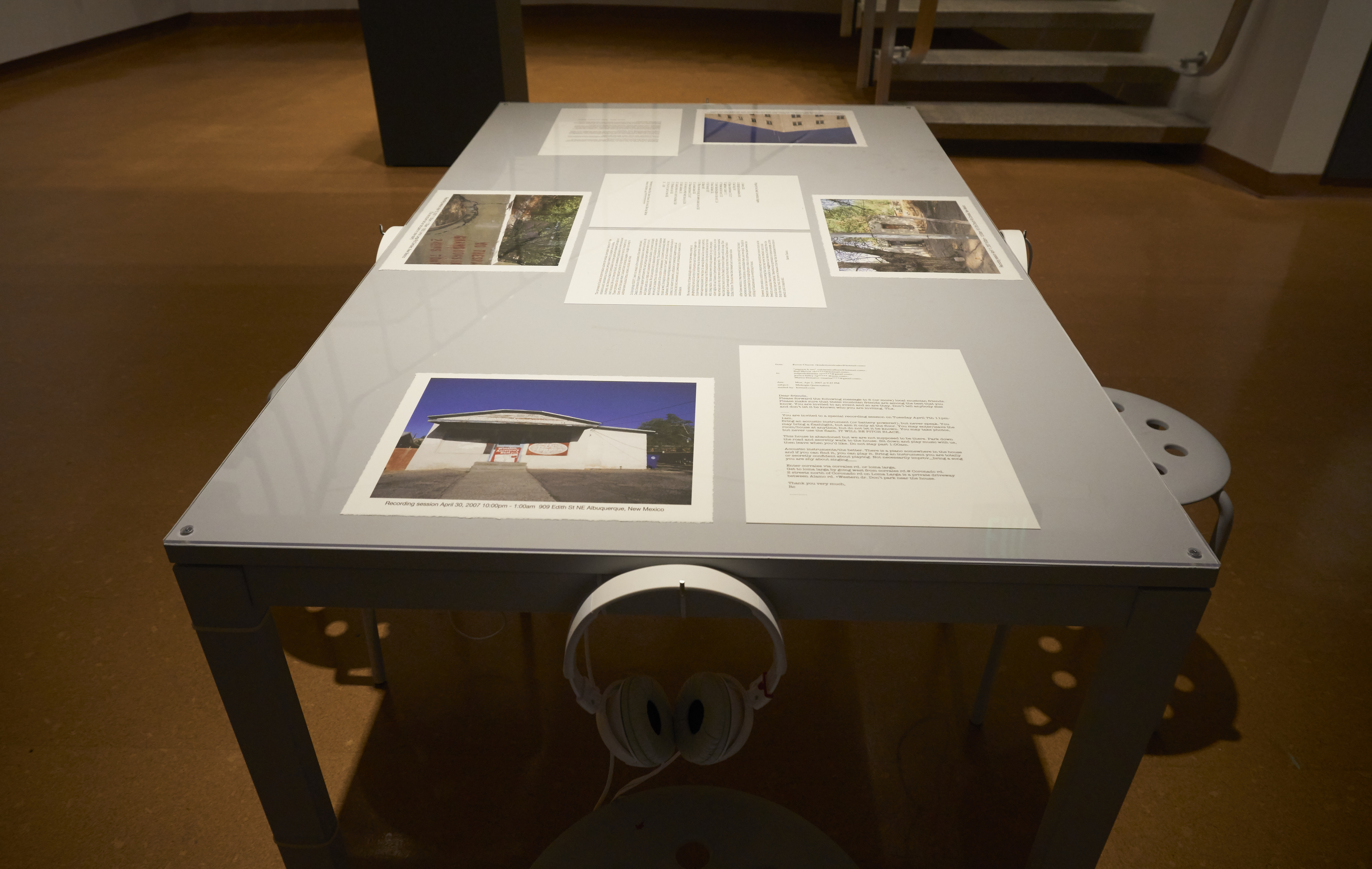(2008)
Installation: Headphones, audio, photographs, text
Ofrendas De Luz is the documentation of a recording project designed as a solution to possible predictable tendencies of free improvisation within diverse musical ensembles. The project, though originally intended to provide comforts within these musical situations, became an environment that encouraged nervous tensions, illegal actions, and unintended isolations.
In the spring of 2007, I sent out emails to five members of my ensemble, the Death Convention Singers, to recruit anonymous musicians to record an album. My hopes were to gather performers who had perhaps played together before (or not) and place them into a virgin and unexpected musical situation. I proposed midnight recording sessions. We met anonymously in abandoned buildings and houses where we would be limited from the comforts of electricity. This allowed for pitch-blackness and an atmosphere of the comfort of facelessness. It hindered electronically effected music as well, forcing the musicians to be “naked”, yet still concealed in the total darkness. Because these recording sessions were not held in comfortable studios or homes, but rather in deserted, unfinished or potentially dangerous spaces, all involved felt both welcomed and unwelcomed, normalizing the senses of all in attendance.
We recorded four of these midnight sessions over three weeks, spread out geographically around the city of Albuquerque and its neighboring villages–one house was historically haunted, another was an obsolete courtroom. Some sessions were tape-manipulated in real- time (in case any ghosts had the courage to perform), one session was broadcast via FM transmitter to the city and fed back into the room with cheap radios. Some sessions were obviously attended by only a few people; other nights felt as if dozens of performers were present. And all throughout, no one was certain about who they were collaborating with. The hours of recorded material was then given back to the five Death Convention Singers to edit into songs. Titles assigned to these songs came from witch stories from local Hispano and Pueblo Indian folklore. The music was then released and is available online.
Ofrendas De Luz is the documentation of a recording project designed as a solution to possible predictable tendencies of free improvisation within diverse musical ensembles. The project, though originally intended to provide comforts within these musical situations, became an environment that encouraged nervous tensions, illegal actions, and unintended isolations.
In the spring of 2007, I sent out emails to five members of my ensemble, the Death Convention Singers, to recruit anonymous musicians to record an album. My hopes were to gather performers who had perhaps played together before (or not) and place them into a virgin and unexpected musical situation. I proposed midnight recording sessions. We met anonymously in abandoned buildings and houses where we would be limited from the comforts of electricity. This allowed for pitch-blackness and an atmosphere of the comfort of facelessness. It hindered electronically effected music as well, forcing the musicians to be “naked”, yet still concealed in the total darkness. Because these recording sessions were not held in comfortable studios or homes, but rather in deserted, unfinished or potentially dangerous spaces, all involved felt both welcomed and unwelcomed, normalizing the senses of all in attendance.
We recorded four of these midnight sessions over three weeks, spread out geographically around the city of Albuquerque and its neighboring villages–one house was historically haunted, another was an obsolete courtroom. Some sessions were tape-manipulated in real- time (in case any ghosts had the courage to perform), one session was broadcast via FM transmitter to the city and fed back into the room with cheap radios. Some sessions were obviously attended by only a few people; other nights felt as if dozens of performers were present. And all throughout, no one was certain about who they were collaborating with. The hours of recorded material was then given back to the five Death Convention Singers to edit into songs. Titles assigned to these songs came from witch stories from local Hispano and Pueblo Indian folklore. The music was then released and is available online.
